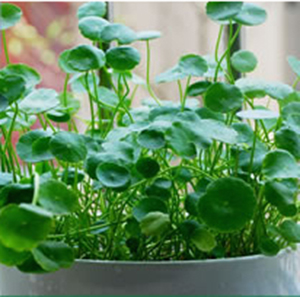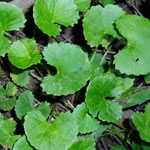
Profile
- Latin Name: Centella Asiatica
- CAS No.: 18449-41-7, 34540-22, 464-92-6, 16830-15-2, 84776-24, 84696-21-9
- Active Ingredient: Triterpene Asiaticoside Asiatic Acid, Madecassoside Madecassic
- Specifications: 5:1, 10:1, 10%, 20%, 40%, 80%
- Test Method: HPLC
Description
Found growing in hot, swampy regions around the world, from India to the southern United States, the herb Gotu Kola (Centella Asiatica) has a storied past.
Centuries ago, practitioners of the ancient Hindu system of healing known as Ayurveda began using this creeping perennial therapeutically. It was the leaves-fan-shaped when grown in water but small and thin when grown on land-that were most useful for medicinal purposes, including the control of skin problems. By the 1880s, Gotu Kola’s reputation for treating skin and other disorders had spread throughout Asia to Europe.

Benefits
The enduring popularity of Gotu Kola has been attributed to active ingredients known as triterpenes. These substances are believed to enhance the production of the tough, fibrous protein known as collagen, which is found in cartilage, bones and connective tissues. Triterpenes also help to keep blood vessels strong and assist in producing essential neurotransmitters, the brain’s chemical messengers.
When applied externally as part of a compress, Centella Asiatica encourages the healing of burns, wounds and various skin irritations.
Taken internally, Centella Asiatica is widely used to minimize varicose veins, boost memory, sharpen the mind in general.
It has even shown promise in treating and in controlling cellulite because of its ablity to reinforce the structure of connective tissue.
Centella Asiatica is even more effective for burns when it’s combined with Echinacea, Vitamins (A, C, E) and Zinc.
Clinical study related to learning, showed that this herb improves attention spans and concentration skills.

